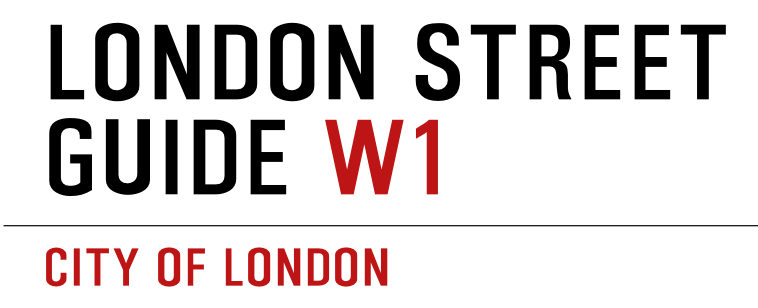Place Name
Yorkshire, England’s largest historic county, is divided into three ridings (from a Viking word meaning third) – North, West, and East. Known for its dramatic landscapes, it was a Roman military stronghold, with Eboracum (York) becoming a significant centre. During the Viking Age, it became the Kingdom of Jórvík, influencing local culture, language, and trade. The name itself came from the principle city York which is believed to have originated from the Brittonic word Eburākon, meaning place of yew trees. As for this street name, at the start of the 20thCentury this area still formed part of Newbarns Farm and later was used as a golf course. It remained that way until shortly after the Second World War when demand for housing from the newly demobbed men and their families far outstripped supply. At first accommodation consisted of dozens of pre-fabricated Arcon bungalows hastily erected around Pollards Hill but from the 1950s a more permanent solution was sought. Merton Council’s archive explains: “In the 1950s the Council built six-storey maisonette blocks, starting with Westmorland Square and finishing the final block in Bovington Square in 1956. By the standards of the day, the much needed housing was built in record time and Mitcham Council could boast a house-building programme which exceeded that of any other Surrey Council.” But even this wasn’t enough to meet future demand. Following the post-war population boom much more housing was needed by the mid-1960s and so the Pollards Hill Housing Estate was laid out and built between 1968 and 1971. It was a high density scheme that included various areas of green space in the form of private gardens, partly enclosed squares, and a public park, Donnelly Green, named after Mitcham’s Head of Parks. Taking its cue from those original post-war buildings the streets were named after counties and county towns in England and Wales.
![]()
